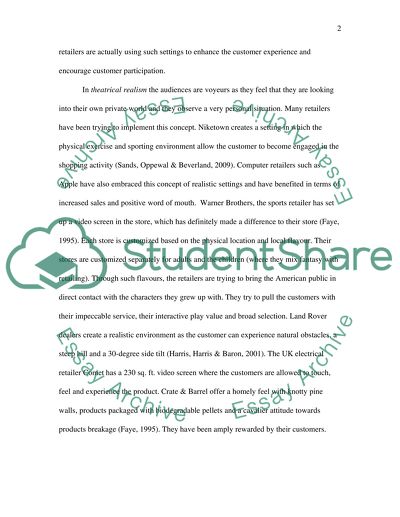Cite this document
(Different Theatrical Settings for Customer Experience and Participatio Case Study, n.d.)
Different Theatrical Settings for Customer Experience and Participatio Case Study. Retrieved from https://studentshare.org/macro-microeconomics/1557156-retail-theatre
Different Theatrical Settings for Customer Experience and Participatio Case Study. Retrieved from https://studentshare.org/macro-microeconomics/1557156-retail-theatre
(Different Theatrical Settings for Customer Experience and Participatio Case Study)
Different Theatrical Settings for Customer Experience and Participatio Case Study. https://studentshare.org/macro-microeconomics/1557156-retail-theatre.
Different Theatrical Settings for Customer Experience and Participatio Case Study. https://studentshare.org/macro-microeconomics/1557156-retail-theatre.
“Different Theatrical Settings for Customer Experience and Participatio Case Study”. https://studentshare.org/macro-microeconomics/1557156-retail-theatre.


